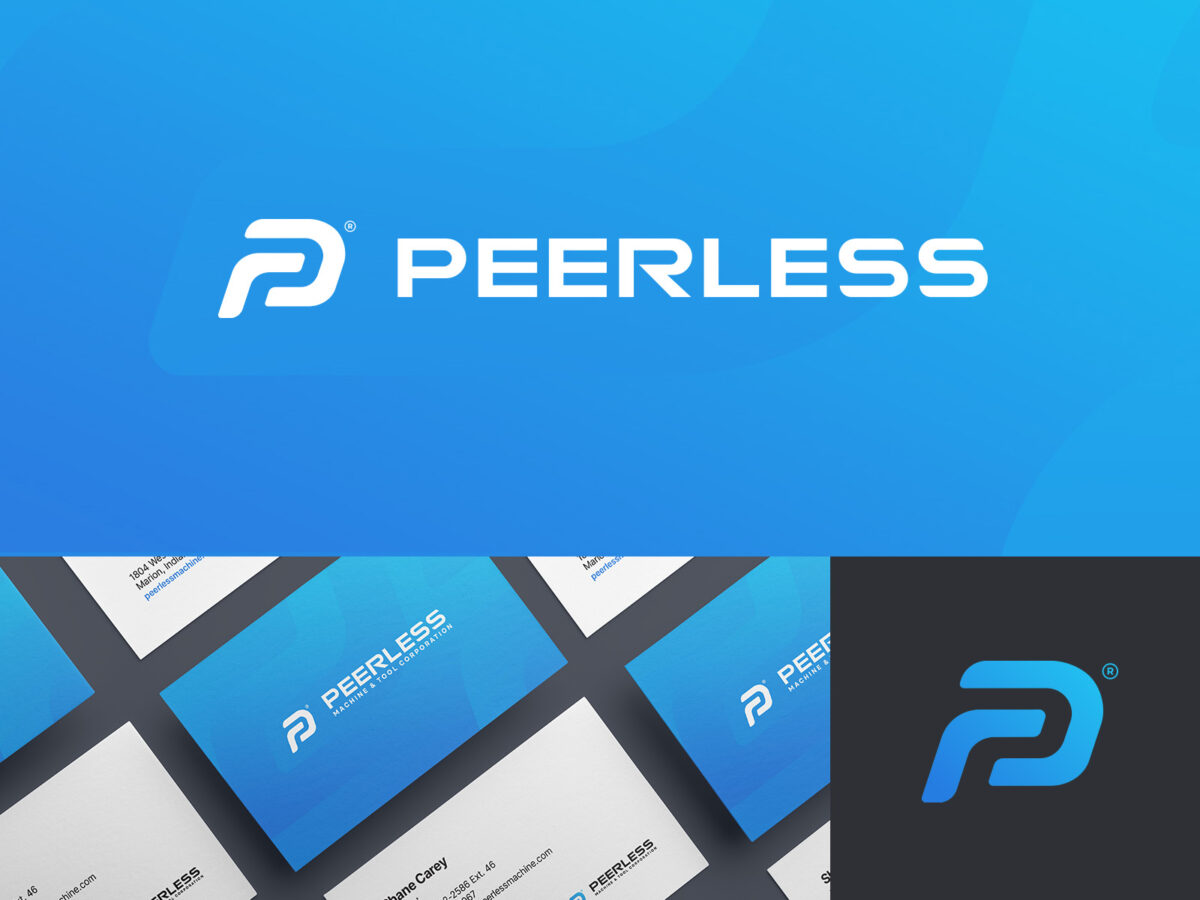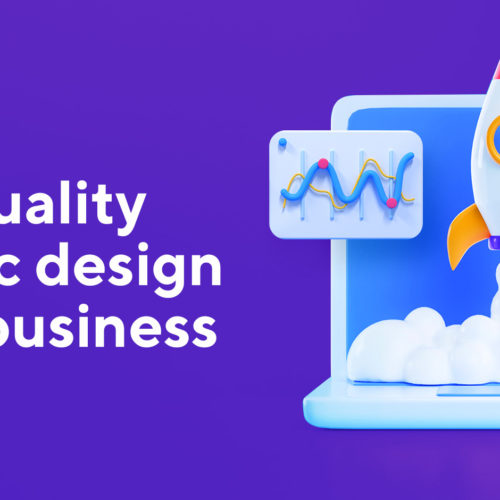When you think of some of the world’s most famous companies, what comes to mind? Chances are, you think about their logos. Apple, Nike, Coca-Cola – these companies have become instantly recognizable and that’s in large part because of their clever and well-designed logos.
In simple terms – logos are symbols created out of words and symbols that help us remember brands we enjoy. When designed well, logos have the ability to help people understand what a brand’s about. That’s a big responsibility for a tiny logo!
In this blog we dig in to what a logo is and why brands need one.
What is a logo?
A logo is a unique visual representation of a brand or business. Used together with the name, the visual creates strong memory associations making it easier for people to remember.
A logo can have many representations. It can be a symbol or made up entirely of text, or a combination of both. The choice of various design elements give the logo character and help people understand what a business does and what the brand values.
What is the purpose of a logo?
A logo serves many functions. It’s a visual symbol of a company, it’s an identifier that helps customers and clients find businesses they’re looking for. Logos help build trust and create loyalty. A logo is also a way to communicate what your brand or business does.
For example, if you see a logo with a green leaf, you might automatically think of healthy food or organic products. If the logo has blue in it, you might think of water or the ocean. And if the logo is made up of hard lines and geometric shapes, you might think modern or cutting edge.
A well-designed logo will be memorable and help people understand what a business does at a glance. It will also be versatile enough to work across different mediums – from
A logo helps your business stand out from the competition
Perhaps the most fundamental function of a logo is giving your business a unique, memorable identity that differentiates you from others. A logo will help your business stand out from the crowd, improve name recognition, and make a lasting impression on your audience. The more people are able to remember your business, the more likely they are to buy, which is why investing in a professional logo design is a smart business move.
A logo identifies key information about your business
Used as a symbolic reference, logos can be a quick way to communicate key information about your business – such as the name, what you do, and where you’re located. This is especially important for small businesses that might not have the budget or resources to invest in other marketing materials.
For example, if you see a logo with a green leaf, you might automatically think of healthy food or organic products. If the logo has blue in it, you might think of water or the ocean. And if the logo is made up of hard lines and geometric shapes, you might think modern or cutting edge.
A logo builds brand recognition
Strong visual associations enhance recognition, which is what makes logos so powerful. A strong logo can help customers keep your brand in mind. Logos for brands like Mcdonald’s and Nike have instant recognition and can be used on collateral in place of the brand name itself.







